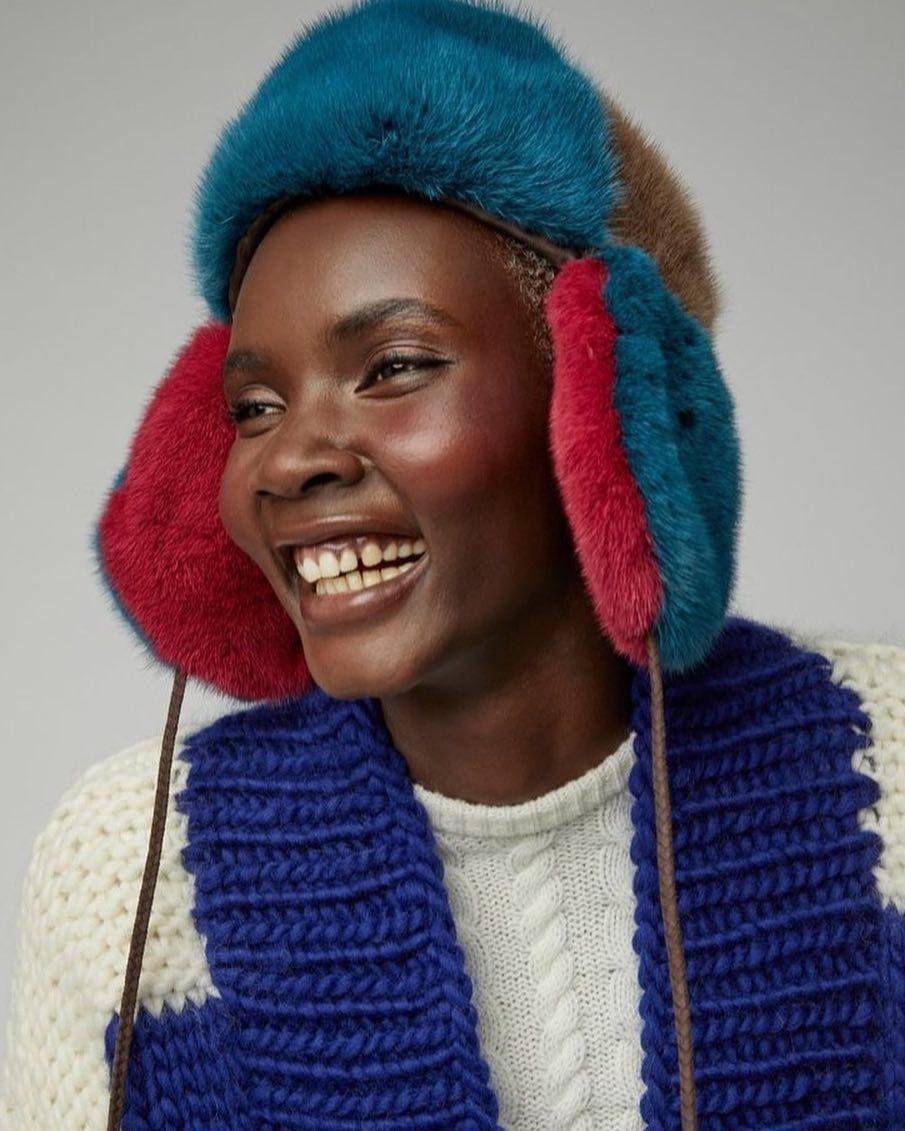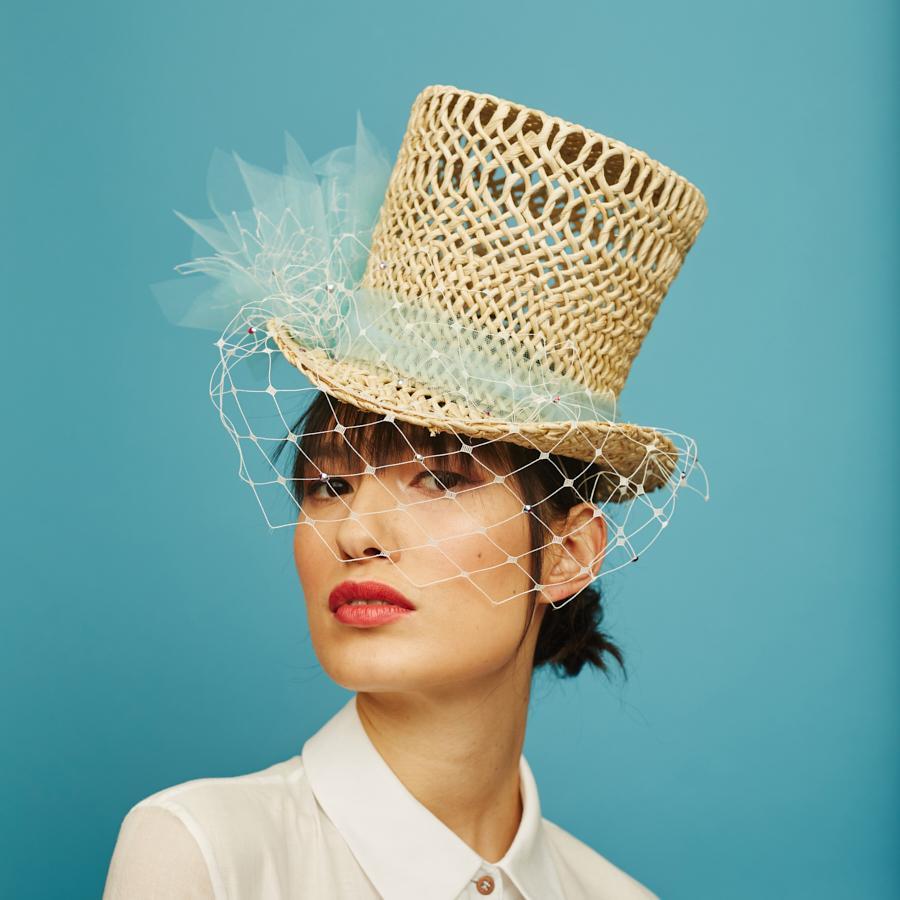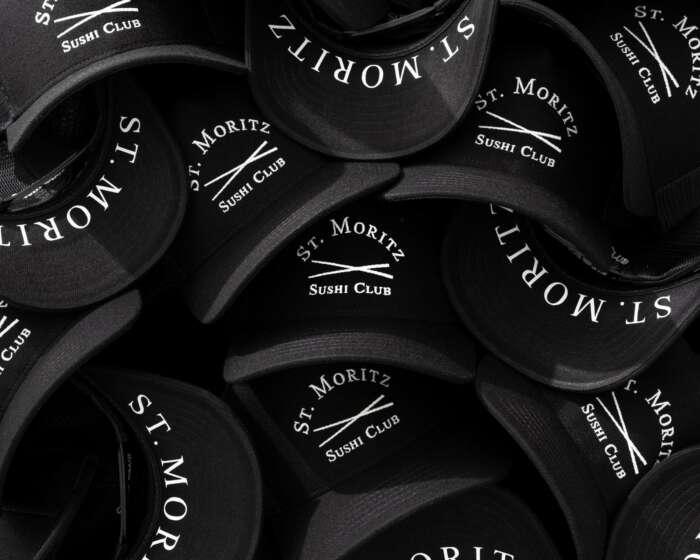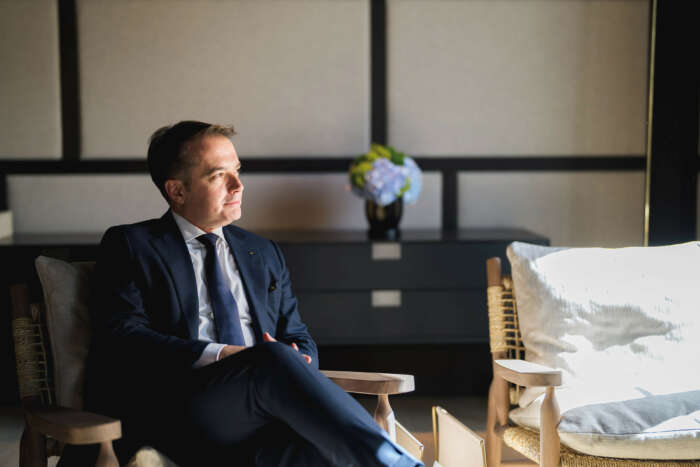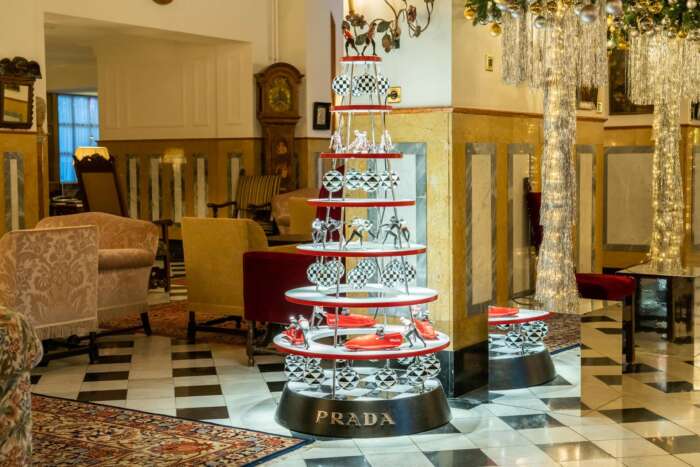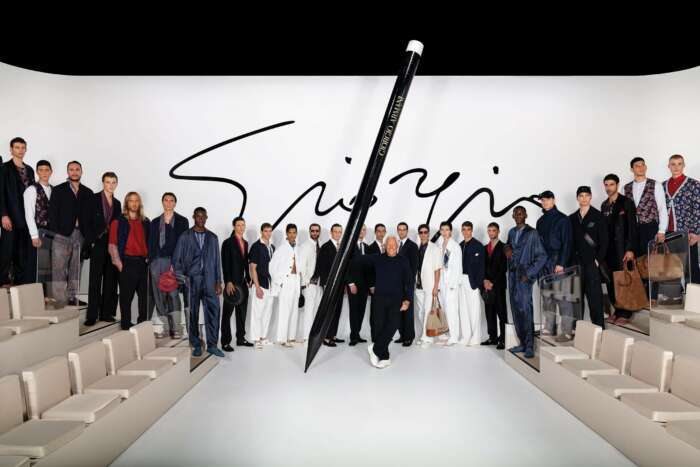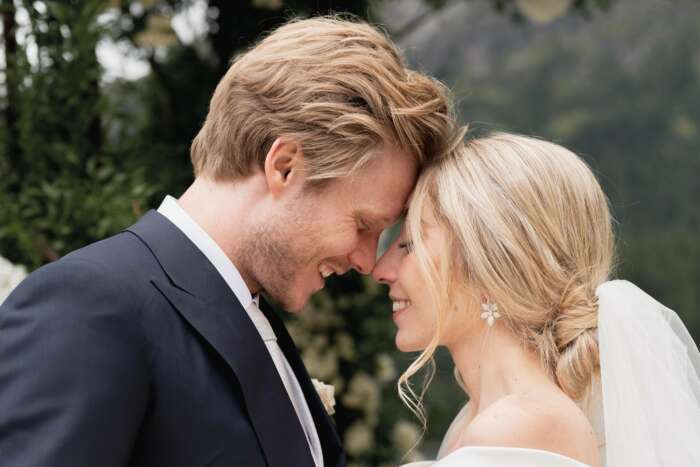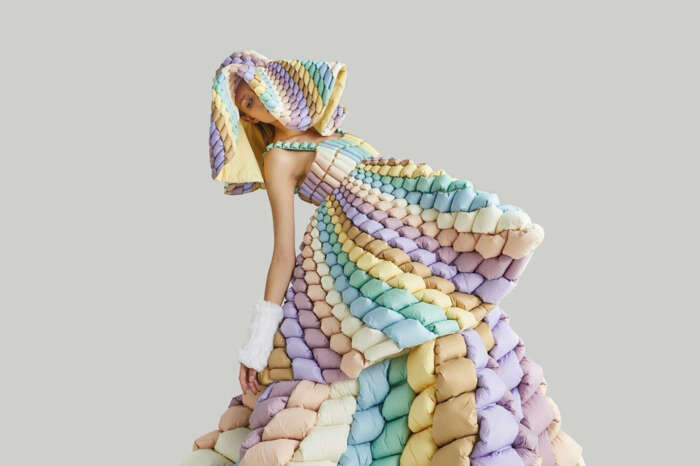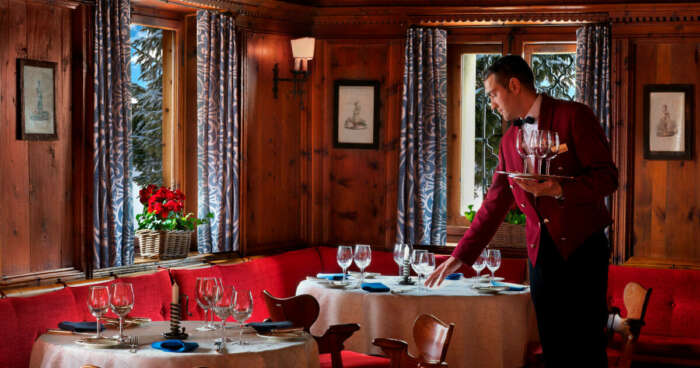In the fashion gospel according to Lady Gaga there is ‘nothing like a great hat to top off your day’.
Queen Elizabeth II, who has been a milliner’s dream poster girl for the past 70 years, would no doubt agree, such is her love for wearing a rainbow of different hats every week.
A fabulously crafted piece of headwear does more than just transform your outfit; it can emotionally change your personality, boost your confidence, or provide the perfect mask to hide behind.
But there is no denying that aside from Her Majesty The Queen, the passion for everyday hatwear has dwindled over recent decades, sadly causing a ripple effect on the entire industry.
London’s Lock & Co, the ‘oldest hat makers in the world’ famed for providing headgear to its royal neighbours is still standing on the same St James’s Street plot as it did in the 1800s. However, most of its former competitors closed down a long time ago as casual beanies and cheap baseball caps took favour over smart trilbies and cloche hats.
Once upon a time
In the 1800s it was seen as a mark of your social status in Europe to wear a hat; the finest coming from Milan, which takes its name from its talented hat craftsmen and women.
Millinery was traditionally a woman’s occupation, with the milliner not only creating hats and bonnets but also choosing lace, trimmings and accessories to complete an outfit.
The trend for wearing a fine headpiece spread far and wide. Indeed Coco Chanel’s fashion empire was born on her love of hats. In 1910 she opened a hat boutique in Paris called Chanel Modes on 21 rue Cambon, creating berets, cloche hats, flamboyant wide-brimmed styles topped with feathers for extra panache and chic boaters, which incidentally were seen on catwalks for Spring/Summer 2019.
Famous French actresses of the day would wear her creations and thus the long-standing relationship between haute couture fashion houses and milliners was born.
In 1984, Philip Treacy was brought in by Jean-Paul Gaultier to create pieces for his pret-a-porter range. And, during Paris Fashion Week 2019, bucket hats, another Chanel Modes creation, were seen back on the catwalk of Christian Dior for the Spring/Summer 2020 collection.
Heads for hats
South African born milliner Albertus Swanpoel has also had the thrill of collaborating with the likes of Alexander Wang, Marc Jacobs and Proenza Schouler on their collections. “Runway shows are sometimes more flashy and editorial, but mostly people want something that works with their lifestyle and wardrobe,” he says.
Based in New York, Albertus trained at the Fashion Institute of Technology with Janine Galimard, Christobel Balenciaga’s milliner, and then spent six years assisting Lola Hats and Lynne Mackey, whose clients included Broadway and Hollywood stars, before going it alone.
He is one of the current breed of hat designers working hard to keep the craft alive, but he admits that the industry faces a number of hurdles. “The challenge for millinery is to take an age-old craft and make it relevant or desirable for our ages,” he says. “In Britain, especially, milliners are using very innovative fabrications to keep it modern. The US is more conservative. I do believe that one should always respect the craft.”
As well as his catwalk shows, celebrities such as Julia Roberts, Kate Winslet and Aretha Franklin have all worn his creations, drawn to his bespoke attention to detail. “I love hats because they are so personal, almost like perfume,” he adds.
“I’m a part of making every hat that leaves my studio, so customers do feel that special connection, that it was made by hand and the energy it exudes,” he continues. “It is part of my brand, and important to me.”
“I’m a part of making every hat that leaves my studio, so customers do feel that special connection, that it was made by hand and the energy it exudes”
One of the major issues facing the industry isn’t simply down to a drop in demand, or the lack of highly-skilled milliners to create hats, it is also the challenge of sourcing the materials to make these intricate one-off pieces of art.
“The infrastructure of millinery is very precarious due to the lesser demand,” says Albertus. “Most of the flower makers and ribbon makers have gone out of business.”
Milliner to the stars
London-based milliner Awon Golding, whose clients include the Duchess of Sussex, Lady Gaga and Madonna, agrees. “No-one wants to make Panama straw anymore,” says Awon with a sigh. “It has been a tradition in the local villages for years. But it’s expensive to weave and so hard on your hands that they are losing tradesmen as they move into the city instead to find other work.”
The upside, she says, is it is sparking a revolution in the way hats are being made and forcing designers to think differently. New innovations in materials, such as heat-reactive plastic and 3D printing, are now coming to the fore. “I’m constantly looking for new materials. I love the traditional side to making hats, but I like being super-playful,” says the milliner, whose ice-cream hat creation is a talking point with strangers when she is out and about.
She continues: “I love the history behind Lock & Co and the way they still use ancient conformateurs to measure people’s heads. I take inspiration from vintage pieces, or the catwalk, or nature and put a modern twist on it for my own collection.”
Social media has also become a milliner’s best friend as a tool to visually inspire people to try hats, perhaps for the first time. “Instagram is the best way to get the word out and for people to get inspiration. Hopefully it will encourage more people to wear hats,” Awon says.
She found herself at the centre of a social media whirl when Lady Gaga tweeted to thank her for a hat, and the Duchess of Sussex wore one of her headpieces to Sandringham to meet the Queen. “That was definitely a career highlight,” she smiles. “I woke up on Christmas Day and saw Meghan [Markle] wearing my hat on the internet and every single front cover of the newspapers. My husband went out and bought as many copies as he could. I kept pinching myself, I couldn’t believe it.”
“She found herself at the centre of a social media whirl when Lady Gaga tweeted to thank her for a hat, and the Duchess of Sussex wore one of her creations to Sandringham to meet the Queen”
The British Royal Family have been a driving force in keeping hats de rigueur for special occasions such as weddings, funerals and horse racing, a trend followed in Melbourne and the Kentucky Derby, but it does seem to be mostly a British past-time.
“I grew up in Hong Kong, so I was really sad when the only hat boutique there called Hat Woman closed down last year after just over a decade,” says Awon, who first entered the world of millinery after she couldn’t find a hat to wear to a British wedding.
Taking the craft to China
China’s only milliner, Dutch born Elisabeth Koch, is trying to change that by bringing the bespoke art to the East. While her impressive client list includes Queen Maxima of the Netherlands, Stella McCartney and Paul Smith, her looks for the eastern market often come with an oriental twist; a wearable dragon, lobster and a dinosaur have been part of her eccentric collection. A demure black netted creation adorned the head of China’s most famous actress She Qi when she the appeared on the front cover of Vogue China’s 100th edition.
“China’s only milliner, Dutch born Elisabeth Koch, is trying to change that by bringing the bespoke art to the East”
“Chinese women like to wear hats to polo events and tea parties… the Melbourne Cup is celebrated in China too so it is one of my busiest times of the year,” she says. But Elisabeth discovered the culture of mass production in China meant that the bespoke art of millinery never really took off. She is hoping to change that for the next generation with hat-making workshops.
“I was at a Jimmy Choo event here and I was wearing, as always, an enormous hat that I made,” says Elisabeth. “A Chinese lady, who was the accessories professor at Beijing Institute of Fashion Technology, came up to me and complimented my hat. I told her I made it.
“She asked if she could bring her students to my studio and of course, I agreed,” she continues. “They were looking at the hat blocks, really confused, then I realised they’d never seen a hat mould before. It was a real ‘aha’ moment for me. These kids only learn mass production and they’ve never seen or heard of a hat mould. That’s when I realised I’m doing something really special.”
Demand may be declining and materials disappearing, but today’s leading contemporary hat makers and designers believe their craft still has a future. Albertus sums it up nicely: “One of my design heroes, Christian Lacroix, once said: ‘The hat is the dot on the I’. That is very true ‒ it is the one accessory that can change your look or mood and so it will always be relevant.”
Danielle Lawler is the Commissioning Editor at Tatler in the UK. During her 15-year career as a lifestyle journalist, she has travelled the world and has interviewed everyone from Lady Gaga to Rihanna and George Clooney.

